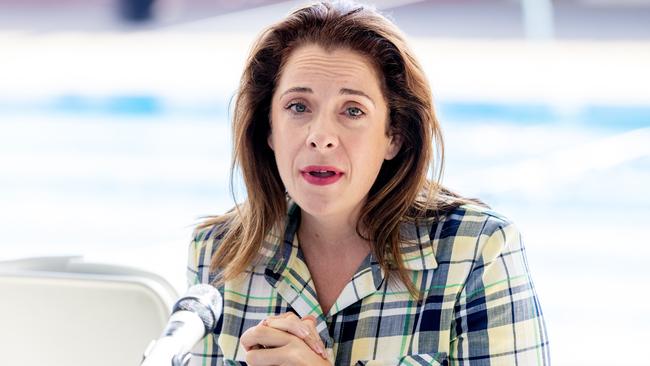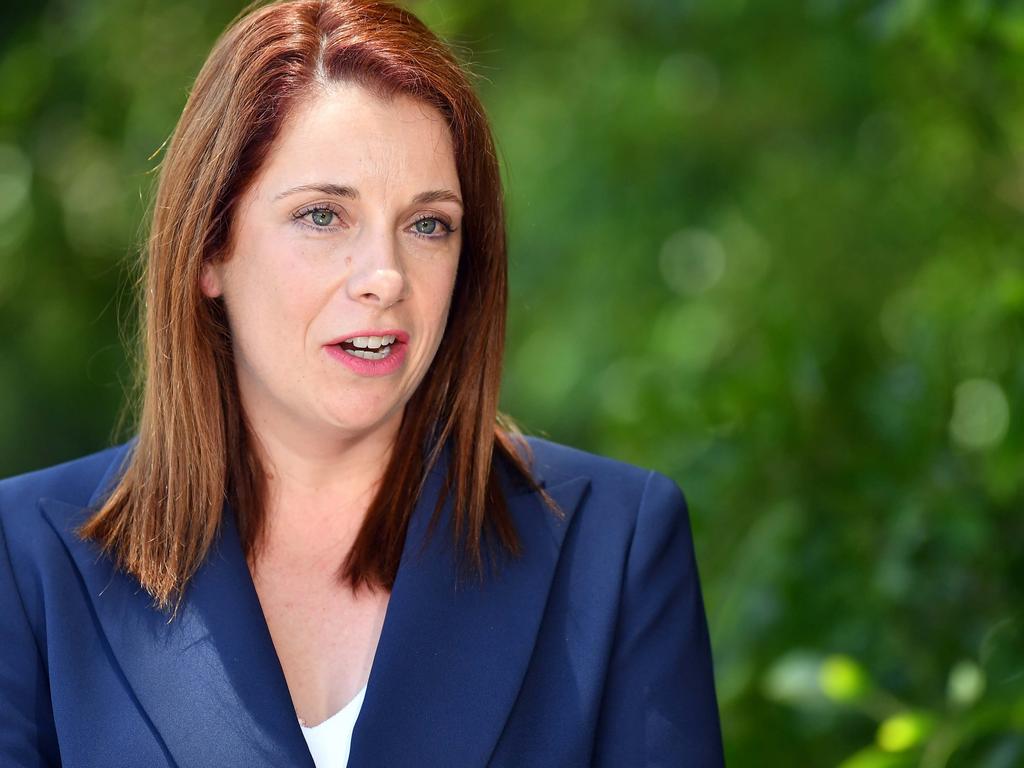Technology can lighten the load for aged care
The Aged Care Minister is right: Australia needs to look at alternative funding models if we are to have a financially sustainable aged care system.
The Aged Care Minister is right: The baby boomers are coming!
In her recent speech to the National Press Club, Anika Wells summarised the challenges faced by Australia as our population ages: how to provide affordable, high-quality aged care for baby boomers.
Minister Wells warned that Australia would have to look at alternative funding models if we are to have a financially sustainable aged care system, and her warning could not have come any sooner, with the latest figures from aged care auditors Stewart Brown finding that seven out of 10 aged care homes in Australia are operating at a financial loss.
While aged homes were profitable in 2018, the Covid-19 pandemic decimated the sector. In fact, the Stewart Brown report found that the average aged care home lost $21.29 per bed per day in September 2022 – a dramatic increase from the $7.30 per bed per day loss in September 2021.
As part of the 2023 Budget, the federal government established an Aged Care Taskforce to review funding arrangements for the sector. The taskforce will build on the findings of the 2021 Royal Commission into Aged Care Quality and Safety and will report its findings to the federal government by the end of 2023.
Among the options the taskforce is considering are a new Medicare-style levy to fund aged care, shifting funding from aged care to home care, and requiring wealthy older Australians to contribute to the cost of their aged care.
The future of aged care
Research shows that unlike previous generations, boomers are active, technologically savvy, and prefer the independence of living at home.
In recognition of this trend, Canberra has pledged to increase the number of home care packages by 9500 by June 2024, which will bring the total number of home care packages to 285,100.
There is no going back.
As boomers get older, they will start to dominate the aged care sector, bringing with them technology requirements and expectations that were not common in previous generations. Boomers want quality healthcare in their own homes. Using technology to keep their patient data up to date as their care needs grow and they move from services at home to services in a retirement village or aged care facility will be crucial going forward. The aged care sector must adapt.
One IT system
In some ways, the aged care sector can be a surprisingly innovative industry, and the use of smart watches, for example, is a good illustration of the industry’s clever use of personalised health data to help track and predict the onset of dementia.
However, when it comes to managing their finance, business operations, and residential care teams, many aged care providers are still using IT systems that are nearly as old as their clients.
For many aged care providers, client data is not easily accessible, and reporting and analytics is often a manual process that builds in inefficiencies that are further compounded by human error. Billing can take up to three days, while simple financial claims can take up to two weeks for aged care providers to process.

Rather than using one end-to-end system to run their organisation, many of Australia’s mid-to-large sized providers of aged care still rely on multiple software systems.
In addition, privacy, security, and compliance are other areas where the aged care sector falls behind the eight ball. To comply with the federal government’s security and privacy requirements, aged care software needs to be hosted on a government portal in Canberra and designed so that users are only given access to client data on a “need to know” basis.
The cost of keeping software up to date can consequently be onerous for aged care providers, with compliance in particular proving to be a pain point for providers. From PRODA to AN-ACC, aged care providers are required to stay up to date with an alphabet soup of compliance requirements. The pace of regulatory change means this is often costly, and non-compliance can result in fines and reputational damage.
Outdated technology is a particular source of frustration for many aged care operators and their workforce, who often have to waste time performing repetitive data entry and administrative tasks rather than providing quality care. No wonder the pandemic saw a record number of aged care workers leave the sector.
Attracting workers
While rates of attrition have stabilised, the aged care sector continues to grapple with a staffing shortfall.
Not surprisingly, the Prime Minister has pledged to increase aged care workers’ salaries by 15 per cent to attract 250,000 more registered nurses to the home and aged care sector – an investment that will cost taxpayers $11.3bn over four years.
While this is a big step in the right direction, the process of training healthcare workers will take time, and there are already concerns that there will be a shortage of 8000 registered nurses as the aged care sector scrambles to meet the new standards. In particular, the requirement that nursing homes provide a mandatory minimum of 200 minutes of daily personal care to their charges will put pressure on a sector already struggling to cope.
It is no secret that the aged care sector has long relied on a large volunteer and migrant workforce to meet its staffing needs, and with migration still below pre-pandemic levels, the right software can help aged care workers to be more productive and use their time more effectively.
While we wait for the federal government’s new funding packages to build up the next generation of aged care workers, technology can help alleviate the pressures.
Greg O’Loan is ANZ regional vice-president at Epicor.





To join the conversation, please log in. Don't have an account? Register
Join the conversation, you are commenting as Logout